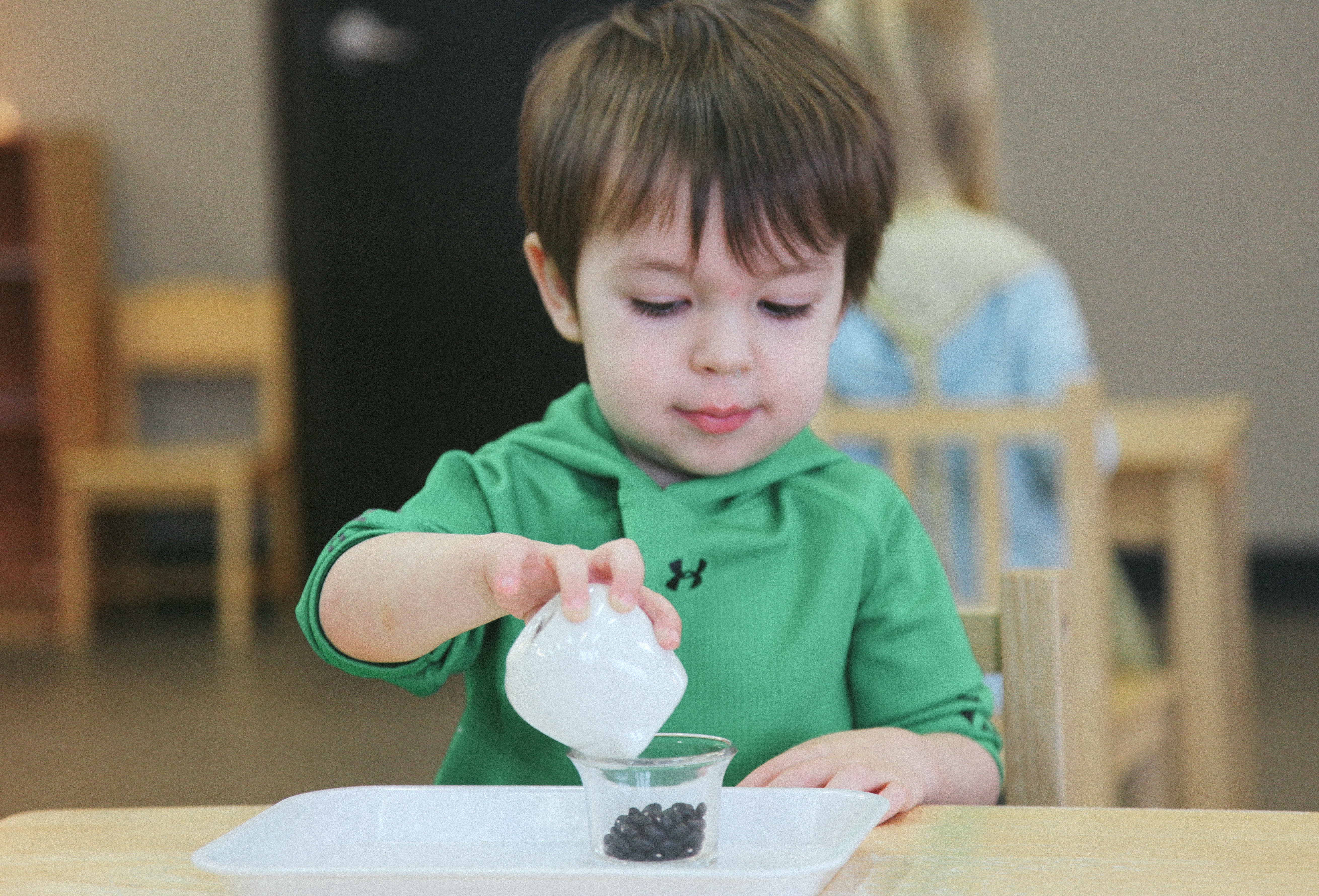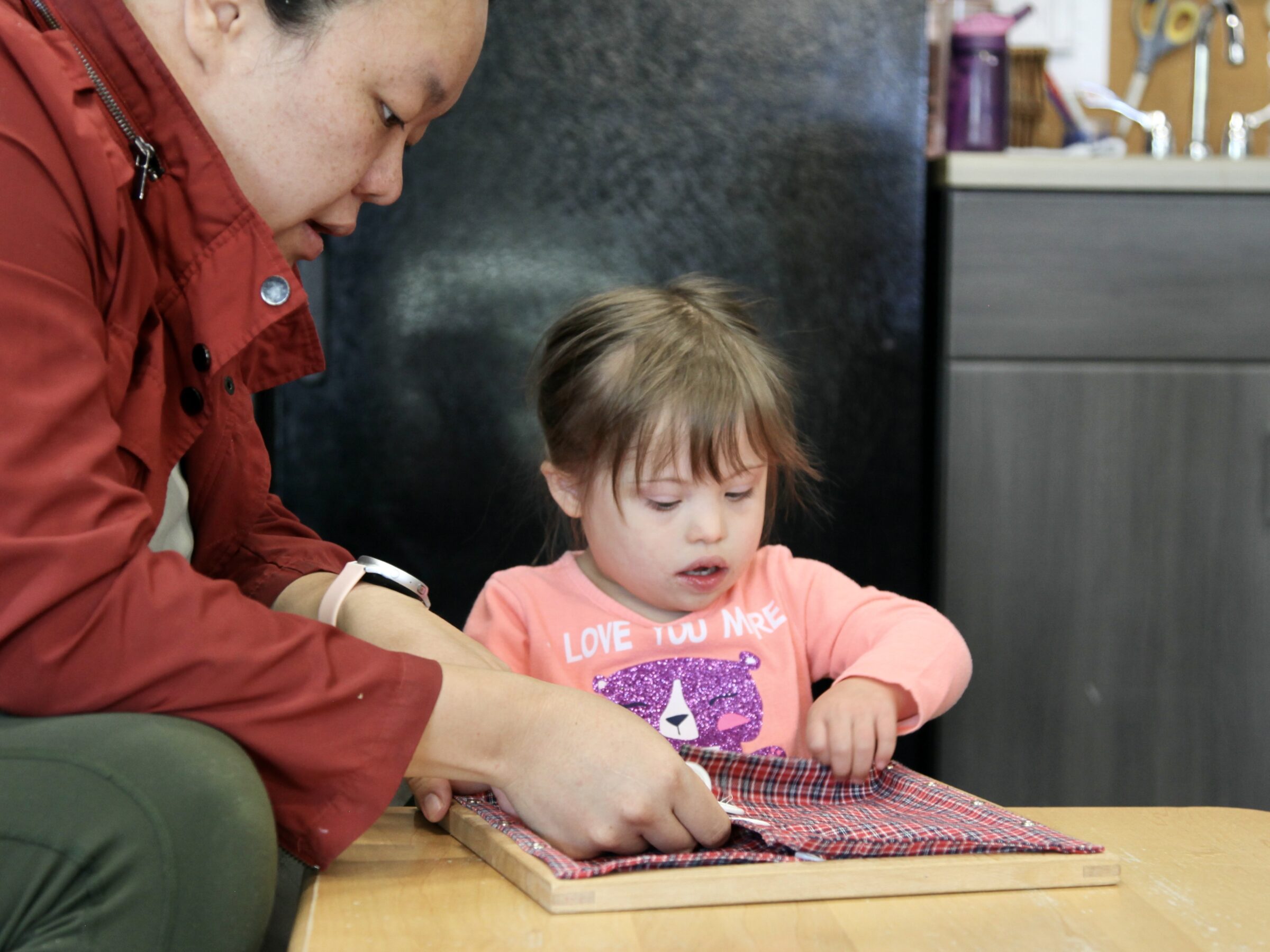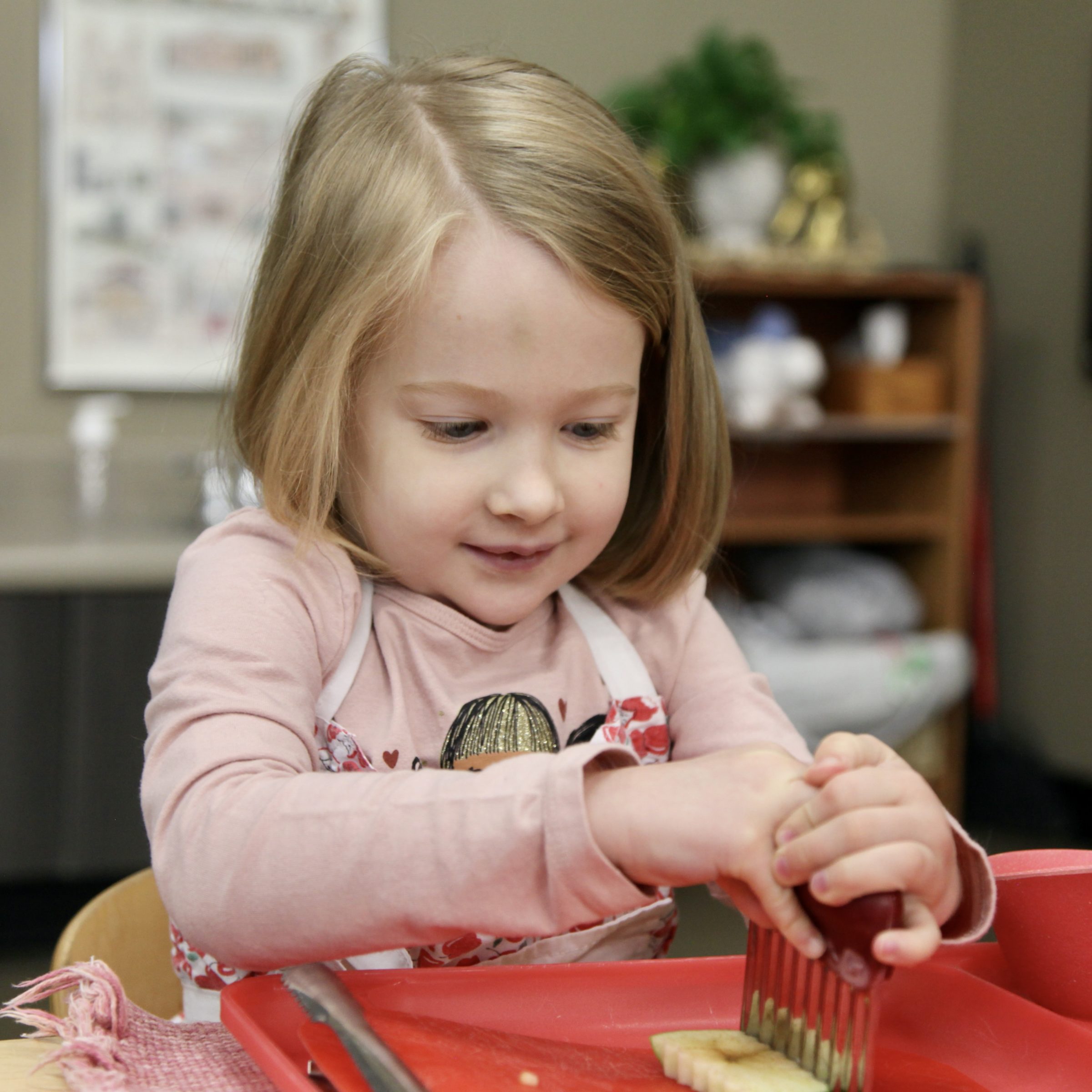Crossing the Midline: How Science Supports Montessori
Dictionary
A really amazing thing about Montessori, is that, the more we’re learning about brain development, the more science and research advance our knowledge, the more this pedagogy is being affirmed. What we’ve known anecdotally now has affirmation in research.
This shouldn’t be a surprise, given Maria Montessori’s background as a physician, and the fact that this philosophy developed not through hypothetical “this should work!” but rather through observation, noticing what children are demonstrating, and adapting the materials and theory to match the child, not the other way around.
Everything, from basic Practical Life exercises like Pouring and Opening and Closing Containers, to working with verbs and long division, includes some kind of movement. Maria Montessori writes, the hand is the instrument of the mind, and she knew then as we do now, a child must be literally in touch with their world to understand, and later to master and to manipulate it. Our hands talk to our brains, and the synapses formed lead to greater control, knowledge, and awareness. It’s like any muscle, use develops strength and refinement.

There are these phrases that pop up from time-to-time, they get thrown about and it’s important, but do we know what they mean? “Non-gmo” and “mindfulness” come to mind. We could use it in a sentence, but could we define it? Do we have a clear and true understanding? Maybe.
In the sphere of child development, “crossing the midline,” is one such phrase. We know it’s important, we even might be able to identify or deduce when a child is demonstrating in, but do we know what it means? Do we know Why it’s important, or just that it Is important?
Crossing the midline is a descriptive phrase. Imagine a line going down the middle of your body, dividing left and right — that’s the midline. We have two eyes, two hands, two legs, one on each side of the midline. Crossing the midline is exactly that, a movement that crosses the body, the left hand reaching across to perform some activity on the right side of the body.
We like these movements, and we use them a lot. Sweeping. Hands working cooperatively to fasten a button. Fastening a seatbelt. Pouring. We use these movements in daily life, and we assist their development in the classroom, particularly in the exercises of Practical Life.
So that’s the What, but the Why?
These movements are important because they help the two hemispheres, the two sides, of the brain communicate. This helps develop strong neural pathways, and paves the way for higher levels of learning, assisting in the development of logical and creative problem solving. This can be helpful with cognitive or academic skills, such as reading or writing.
These movements are also helpful in developing coordination and control. We don’t always use one side of our body — even something as “simple” as walking coordinates different movements on different sides of our body, much less something more complex like playing sports.
Additionally, as far advanced as our technology gets, we still use handwriting, and tend to have one hand (and one eye and one leg!) dominant, and one hand helping. Even if we reach a point where we don’t use handwriting, which still seems far away, that dominant hand is used for most tasks during the day, and crossing the midline helps to strengthen the dominant hand, and refine motor control.
Crossing the midline is one of those valuable skills we develop naturally, which has cognitive and physical benefits, and is fostered from even the earliest days in the Montessori classroom. 100 years ago, we might not have been able to identify why it was so important, but we could certainly observe the benefits of these motions! Now, we have the technology and the research available to identify not just the importance of these activities, but which movements benefit brain and physical development, and why they’re so important.
Written by:
Charlotte Snyder



